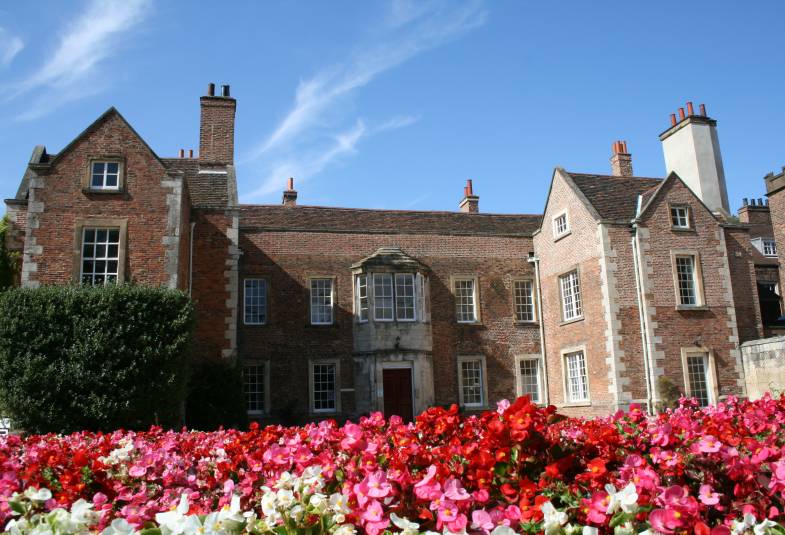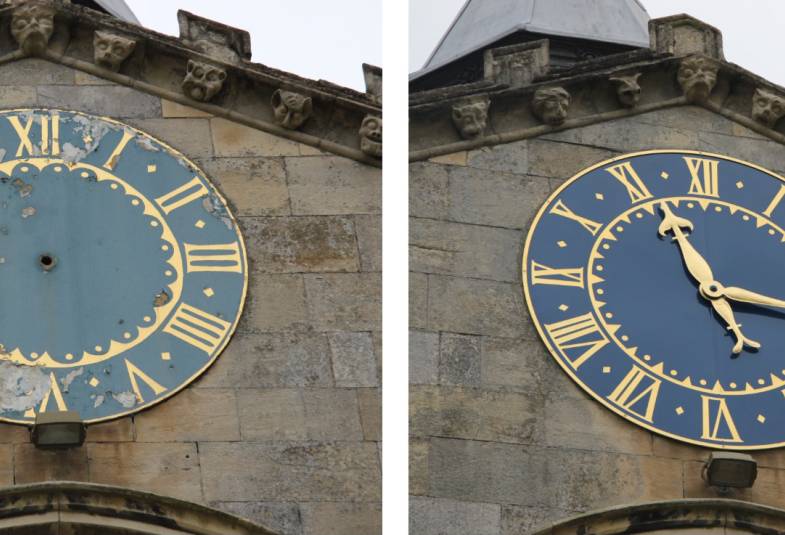
He reused some of the old stone from the manor house in the undercroft of the new building. This can still be seen today.
The second stage of development at the Bishopthorpe Palace took place between 1480 and 1500 when Archbishop Rotherham added the North Wing to the palace.
The third stage of development took place between 1761 and 1769. Archbishop Drummond appointed the famous architect firm of John Carr who designed the gothic stable block and gatehouse. This was followed in 1766-9 by the building of the front of the Bishopthorpe Palace. This provided a new Entrance Hall and Drawing Room which today includes several portraits of previous Archbishops.
Bishopthorpe Palace reached its maximum extent by 1900. Since then, successive Archbishops have made more effective use of the space in the building by designating separate areas for personal apartments, public rooms and offices for the Archbishop's staff.
An Archbishop of York has been resident at Bishopthorpe Palace from 1241 to present date, excepting only the ten years during the protectorate from 1650 to 1660 and during interregnum periods.
The Gatehouse Clock
At the turn of the century the Gatehouse clock face at Bishopthorpe Palace was beginning to be in need of repair. Following restoration work Archbishop John Sentamu marked the 100 Year Anniversary of the Gatehouse clock as set by Archbishop Cosmo Lang in March 1913 by setting the time on the newly restored clock face.

The clock situated on the Gatehouse at the entrance to Bishopthorpe Palace, was manufactured by W Potts & Sons Ltd in 1913. It is referred to as a flat-bed, striking clock with a double three-legged gravity escapement. The stone dials of the clock, which were beyond repair, have been retained under the new copper ones which are typical of the original era. The gilded numerals and hands are painted blue. This provides a permanent solution, yet retains the traditional techniques of the period. The restoration work was carried out by Smiths of Derby in March 2013.